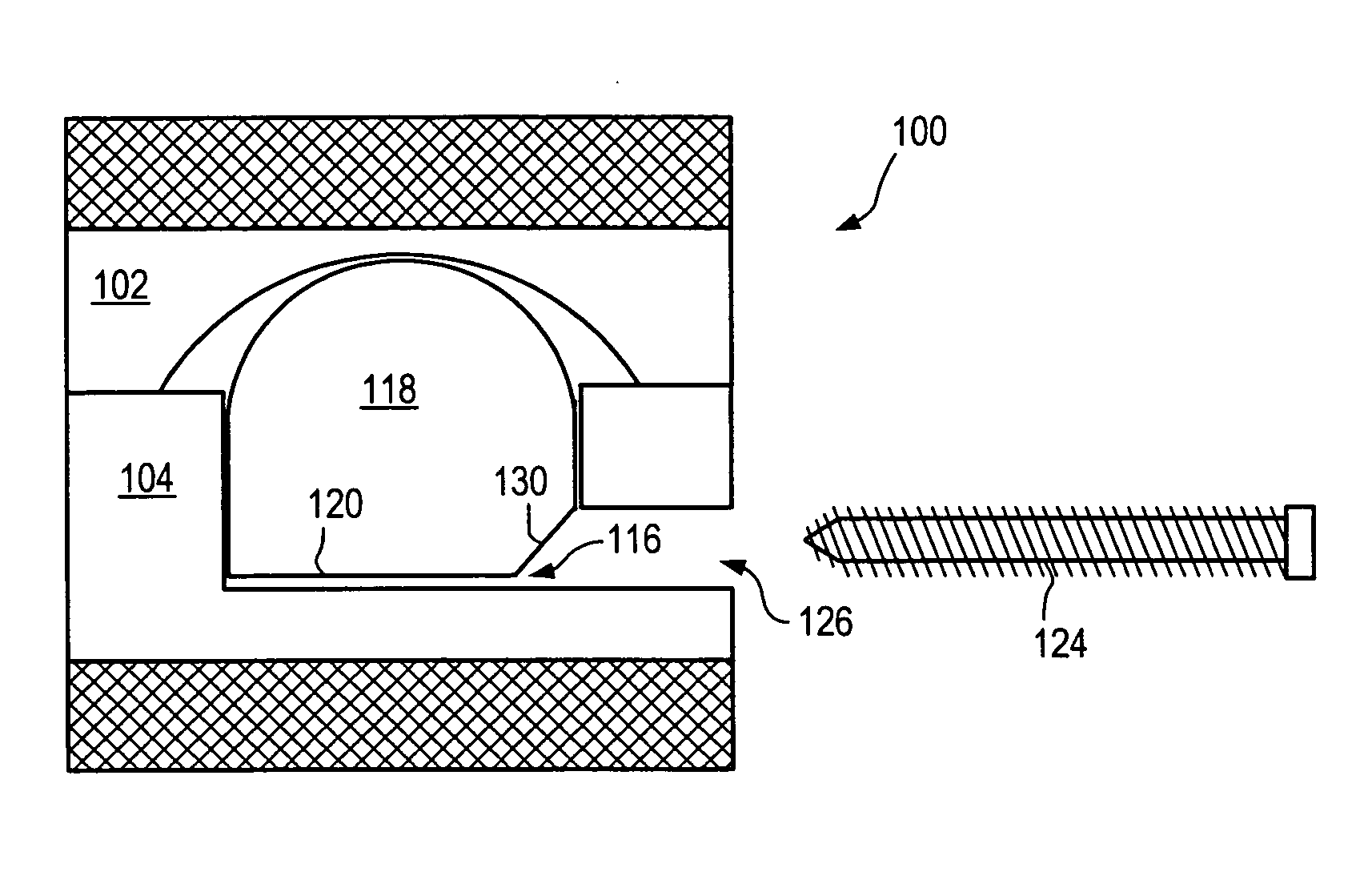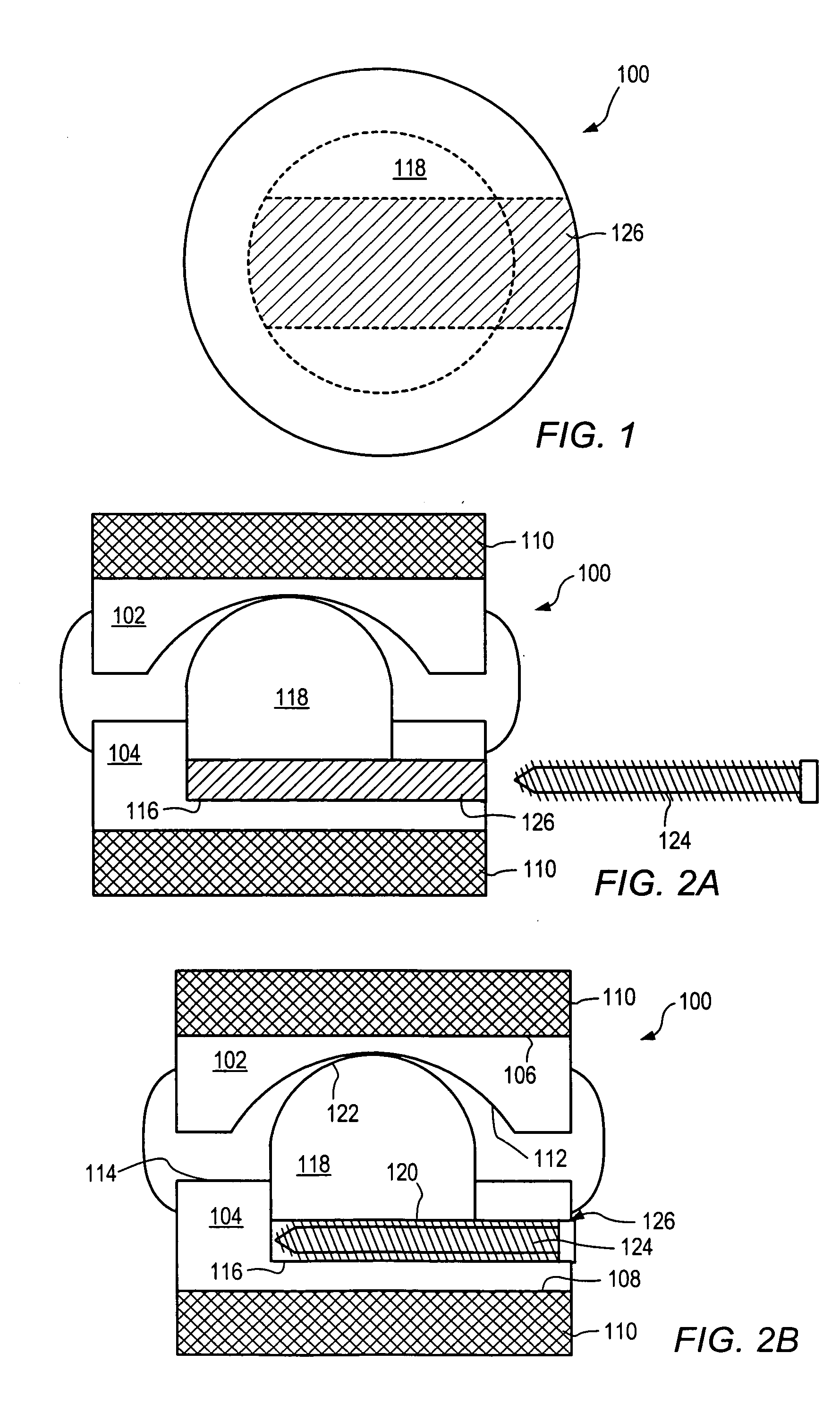Expandable intervertebral implant
a technology of intervertebral implants and expandable parts, which is applied in the field of functional spinal implant assemblies, can solve the problems of reducing intervertebral separation, disc damage or disease, and spinal pathologies, and achieves the effect of increasing separation distance and increasing range of angular motion
- Summary
- Abstract
- Description
- Claims
- Application Information
AI Technical Summary
Benefits of technology
Problems solved by technology
Method used
Image
Examples
Embodiment Construction
[0137] As used herein, “implant” generally refers to an artificial intervertebral implant or cage. The shape and / or size of an implant or other device disclosed herein may be chosen according to factors including, but not limited to, the surgical approach employed for insertion (e.g., anterior or posterior), the intended position in the spine (e.g., cervical or lumbar), and a size of the patient. For example, cervical implants may range from about 6 mm to about 11 mm in height, and lumbar implants may range from about 10 mm to about 18 mm in height. Heights outside these ranges may be used as required by a patient's anatomy. In general, implants with a substantially round cross section may range from about 14 mm to about 26 mm in diameter, and implants with a substantially square cross section may range from a size of about 14 mm square to a size of about 26 mm square. Implants that are substantially rectangular or trapezoidal may range from about 8 mm to about 12 mm along short sid...
PUM
 Login to View More
Login to View More Abstract
Description
Claims
Application Information
 Login to View More
Login to View More - R&D
- Intellectual Property
- Life Sciences
- Materials
- Tech Scout
- Unparalleled Data Quality
- Higher Quality Content
- 60% Fewer Hallucinations
Browse by: Latest US Patents, China's latest patents, Technical Efficacy Thesaurus, Application Domain, Technology Topic, Popular Technical Reports.
© 2025 PatSnap. All rights reserved.Legal|Privacy policy|Modern Slavery Act Transparency Statement|Sitemap|About US| Contact US: help@patsnap.com



